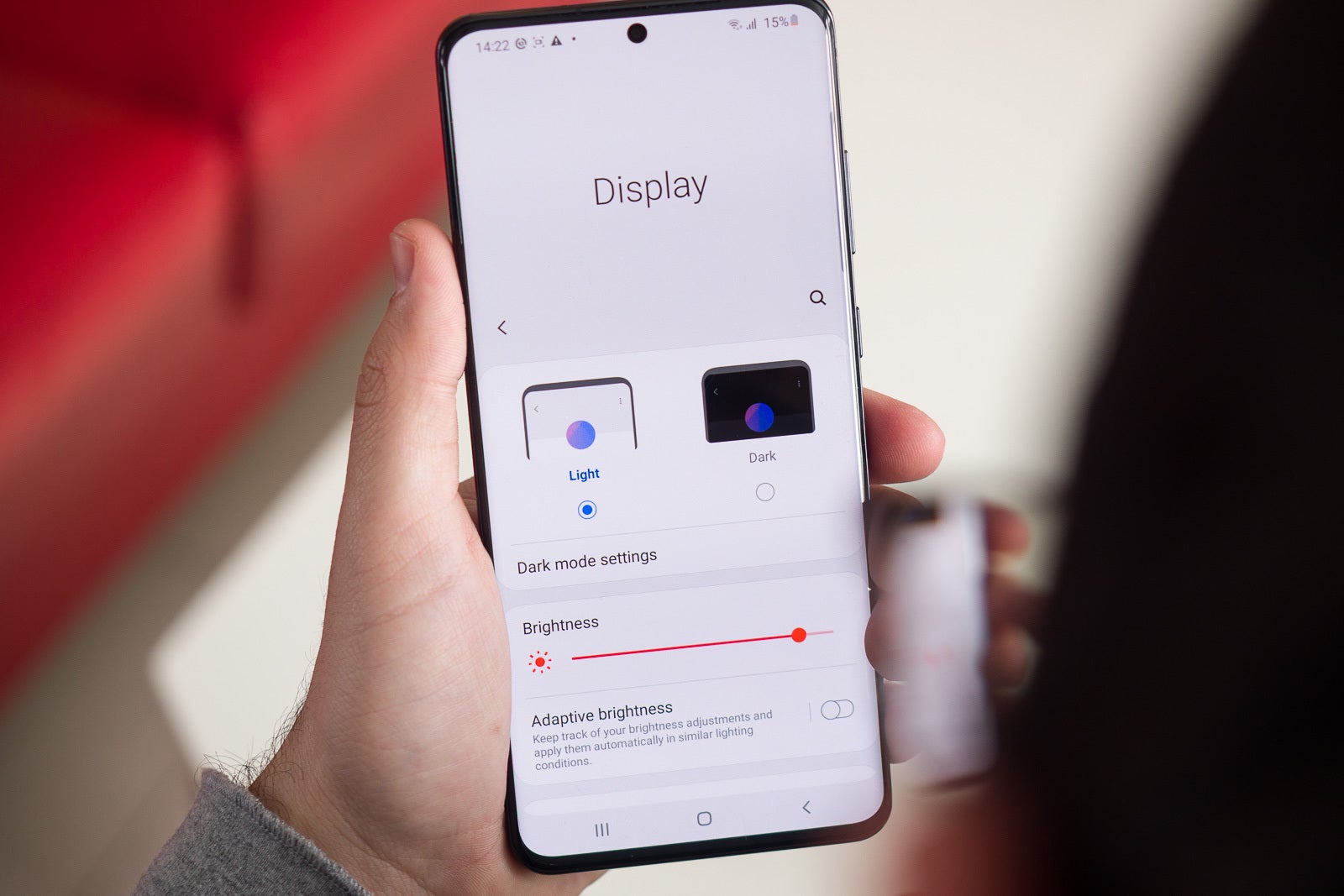Samsung sourced LTPO OLED panels said to provide variable refresh rate on iPhone 13 "Pro" models

Back in the middle of last month, we told you that Apple's iPhone 13 Pro and iPhone 13 Pro Max were likely to feature a 120Hz refresh rate. This means that the displays on these models will update up to 120 times per second to deliver buttery smooth scrolling and smooth animation for video games and other fare. The big drawback to using this technology is that it consumes battery life too quickly.
Samsung to supply all of the LTPO OLED panels for the 2021 "Pro" iPhone models
But Apple plans on countering the energy-consumption issue by using low-temperature polycrystalline oxide (LTPO) backplane technology. With the LTPO screens, the refresh rate can be changed based on the content of the screen. For example, if a user is playing a mobile game, the 120Hz rate would be used. If something typically more static was being viewed, the refresh rate would drop sharply (in some cases to a refresh rate near 1%). Thus, the 120Hz refresh rate would not be used when not needed allowing the draw on the phone's battery to decline during those times. Additionally, using LTPO could also pave the way toward an "always-on" iPhone.

Samsung first supplied its LPTO OLED panel for last year's Samsung Galaxy S20 Ultra model
Apple was believed to be a heartbeat away from using its ProMotion 120Hz refresh rate (used on the iPad Pro) on the iPhone 12. But concerns about possible battery drain from the feature and from 5G support led the manufacturer to 86 the fast refresh rate right before the start of mass production; this occurred even though Apple reportedly was close to a breakthrough that would have improved battery life. The combination of a 120Hz refresh rate and 5G connectivity presented too much demand on the batteries used with the iPhone 12 series.
Today, we've learned a bit more about the screens earmarked for the 2021 iPhone models. According to TheElec (via AppleInsider), Apple will be sourcing all of its LTPO OLED panels from Samsung. The report notes that while Sammy will be supplying Apple's LTPO display needs on an exclusive basis this year, LG Display is developing its own version and could be supplying Apple with the glass by 2022. That is also the year when Apple will reportedly use LTPO displays for all of its iPhone models, not just the pricier "Pro" variants.
The LTPO glass takes two weeks longer to produce that traditional OLED displays. That is due to a process needed to add oxide to the thin-film transistors, a step that is not used with the previous low-temperature polycrystalline silicon (LTPS) production process. Last year's Samsung Galaxy S20 Ultra was the first handset Samsung supplied with an LTPO display.
While today's report says that Samsung will be the lone supplier of the LTPO panels this year, Apple's rival is also expected to deliver most of the OLED panels to be used by Apple in 2021. That includes the glass for the iPhone 13 and iPhone 13 mini, neither of which is believed to feature a 120Hz refresh rate or an LTPO display. Outside of Samsung, the remaining OLED panels could be sourced from LG Display and BOE. Apple always has a difficult time in choosing to order parts from the firm considered its top rival in the smartphone industry. However, most of the other companies under consideration, including the aforementioned LG Display and BOE, often cannot deliver screens in the quantity and quality needed by Apple. And a supplier that Apple once counted on for its LCD needs, Japan Display, bet on the wrong horse and started work on OLED panels way too late. It also has financial problems that Apple has tried to alleviate. While Apple does use its OLED for the small displays on the Apple Watch, Japan Display is not in the running to supply Apple with OLED panels for the iPhone.










Things that are NOT allowed: